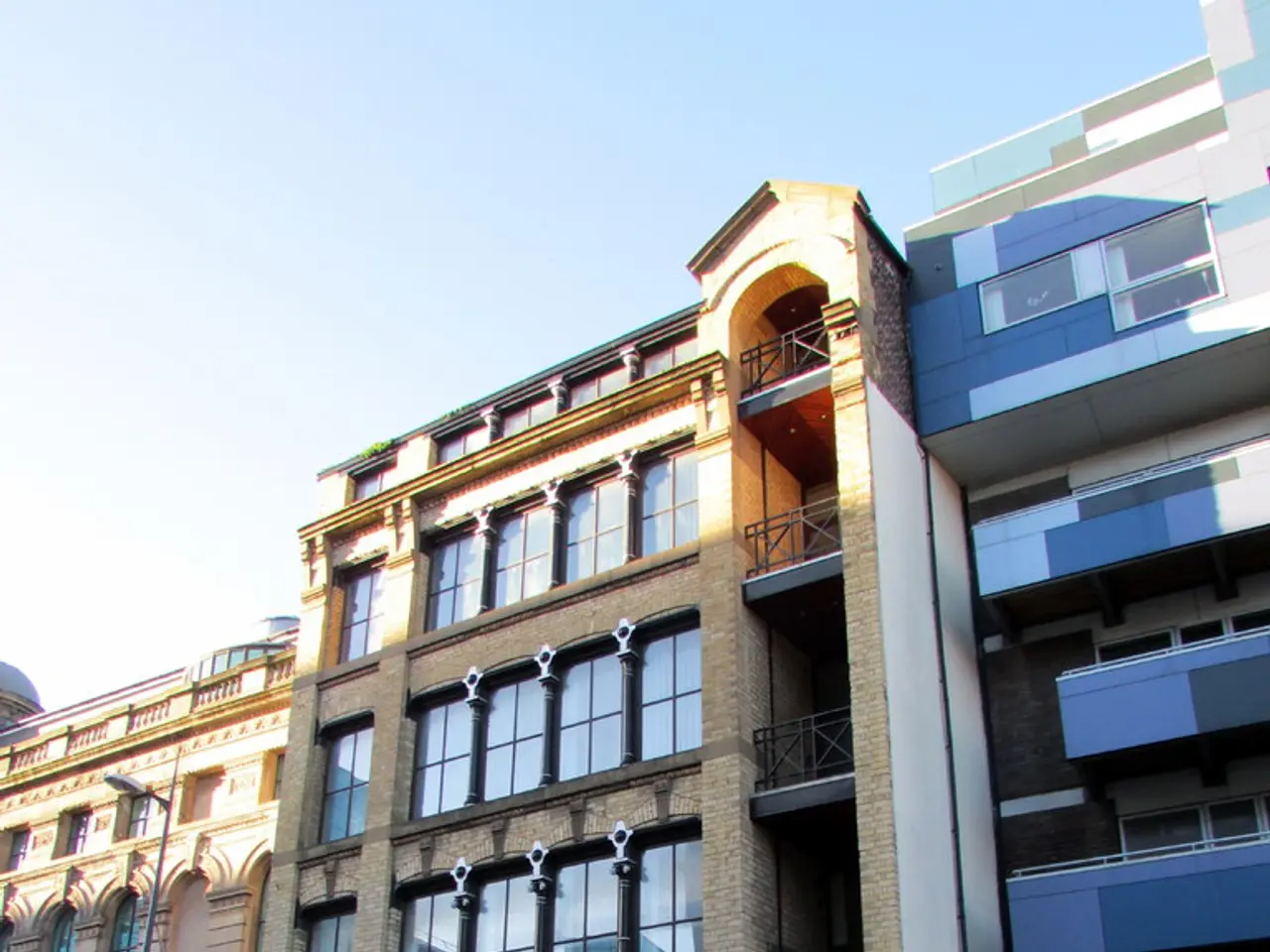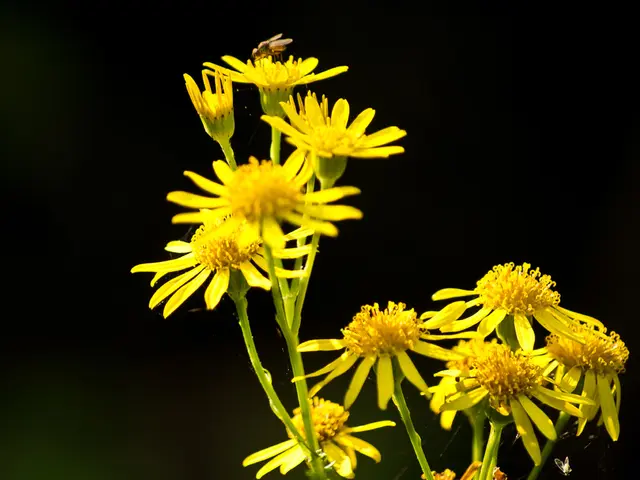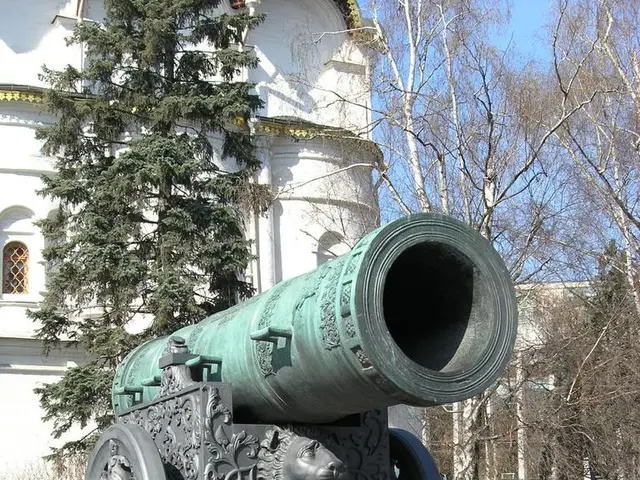Bordering Latvia and Estonia: Latvia's Northern Region
In the remote border region between Latvia and Estonia, a peculiar monument marks the northernmost point of Latvia. This unique landmark, located between the village of Ipiķi in Latvia and the tiny town of Mõisaküla in Estonia, has become a notable attraction.
The monument, constructed in 1998 by Vilnis Titāns, consists of a square of bricks, stringy plants, a well, a bench, and a small granite sculpture. Despite some criticism for its perceived cheapness and mismatched design, the monument is appreciated for its uniqueness.
The actual northernmost point of Latvia is marked by a large barber's pole on a mound, a few hundred meters away from the location initially thought to be the northernmost point. This revelation was made possible by the efforts of an individual who managed to obtain evidence of their trespassing offense near the original monument.
Mõisaküla, the town where this monument resides, is a small settlement with a population of 756, making it the smallest town in Estonia. The name Mõisaküla, which translates to 'Manor village', is considered a joke in Estonia due to the lack of a manor and the town's small size. However, Mõisaküla has a rich history as a railway town, a fact that is proudly displayed in its town museum.
The border between Latvia and Estonia runs roughly east-west with a shallow 'sine wave' configuration. A layby on the Latvian side of the monument valley marks the northernmost point of Latvia. As you cross the border onto Estonian soil, the gravel road transforms into asphalt.
The individual's visit to Mõisaküla was not just about the monument. They were warmly welcomed by a kind elderly couple living near the point, who granted them access to the northernmost point of Latvia. This encounter was further enriched by the delicious smell of meatballs prepared by the couple.
Despite its modest appearance, the monument marking the northernmost point of Latvia serves as a testament to the unique bond shared by Latvia and Estonia, and a reminder of the shared history that lies along their borders.




